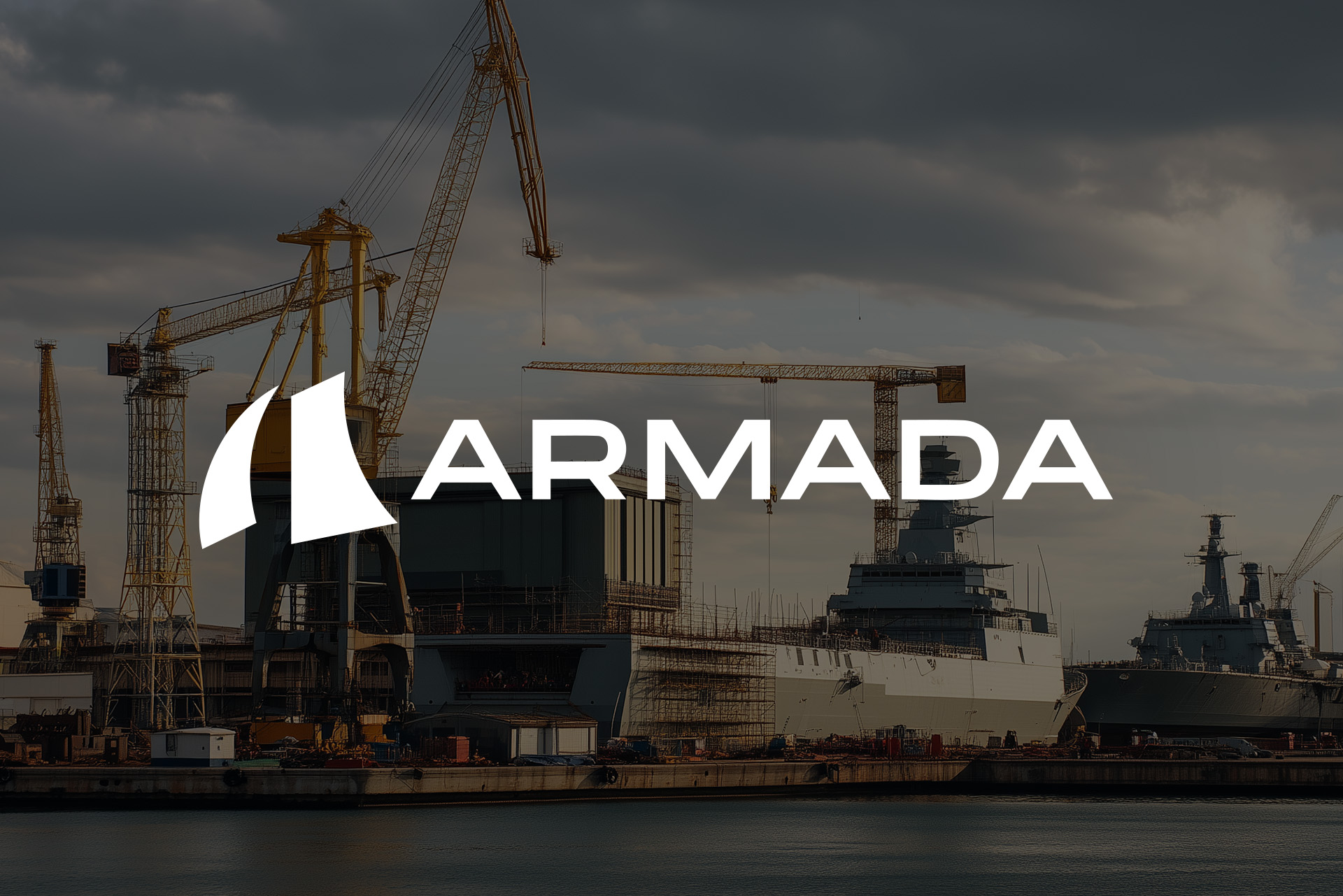
Rebuilding America’s Maritime Dominance
Advancements in technology have provided warfighters around the globe with tools that are revolutionizing U.S. military readiness and lethality. Legacy systems are being updated, and modern software and platforms are being deployed to fill the gaps. While all of these developments are exciting—and long overdue—the United States must step up and embrace innovative technologies in order to rebuild our defense industrial base and better compete with adversaries. It’s clear the Trump Administration is laser-focused on this. By issuing multiple Executive Orders aimed at modernizing the defense acquisition process, President Trump and Secretary Hegseth are signaling that the way things have been done is no longer going to be the operating procedure moving forward. To build a defense industrial base of the future, we need to embrace and adopt innovative technology and modern advancements now. A critical component of this effort must be focused on our shipbuilding enterprise.
Competing with Adversaries
Right now, China is outpacing us. With more than 300 shipyards, China is producing more than half of the world’s commercial vessels each year and accelerating its naval modernization, according to CSIS. Over the past two decades, China has emerged as a dominant force by investing in naval vessels, infrastructure, and technology. This poses a direct threat to our own national security.
America is the greatest nation on Earth, and the leader of the free world. Our naval capabilities should be reflective of that. For decades, we led the world in industrial innovation, building faster, better, and smarter than anyone else. Shipbuilding underpins our maritime strength and national security. To close the widening gap with China, we need a bold, multi-pronged strategy: rapid reindustrialization, advanced AI to accelerate production, widespread adoption of robotics and automation, and a streamlined path for new companies to compete and win federal contracts. I applaud President Trump’s recent Executive Order as a critical step towards advancing these goals and restoring American maritime dominance.
Investing in Maritime Dominance
The optimal approach to re-establishing America’s naval superiority will include embracing cutting-edge technologies and advanced computing, especially in remote, challenging locations. When and if a global conflict happens in the coming years, it won’t be in friendly waters—it will be fought in remote, hard-to-reach locations where seamless communication and data processing capabilities will be paramount. That’s where Armada comes in.
Properly equipped, ships in the U.S. fleet can serve as floating multifunctional data centers. Armada’s Galleons have the ability to provide commanders with resilient platforms that combine secure connectivity, scalable computing, and reliable storage wherever they operate—whether that’s in the middle of the Pacific Ocean or off the coast of South Carolina. Armada’s Galleons redefine edge computing with a mobile, modular, and turnkey data center form factor, engineered to thrive in harsh environments and ensure uninterrupted, efficient operations. These resilient, secure, and redundant nodes are critical for national defense—arming our forces, protecting our shores, and equipping the warfighter with the latest cutting-edge capabilities.
Galleons not only power emerging technologies and AI workloads, but also ensure existing assets are fully utilized and optimized. By deploying advanced compute across the U.S. fleet, they maximize prior capital investments, enhance mission-critical capabilities, and enable proactive, data-driven maintenance to extend the operational life of each asset.
Seizing the Moment
Reinvigorating the shipbuilding enterprise is about more than just expanding America’s presence on the high seas—it’s about expanding our knowledge, awareness, and data collection to inform national security priorities and decisions. The Trump Administration has been crystal clear through Executive Orders that business as usual for defense acquisition isn’t going to cut it and that rebuilding a strong maritime infrastructure is critical to our national security.
Now, it’s time for Congress to act. Over the next few months, Congress will have multiple opportunities to secure robust funding for the domestic shipbuilding enterprise. The current budget reconciliation process is an excellent place to start and could provide initial fiscal support to develop and expand capabilities. With $34 billion for Shipbuilding and the Maritime Industrial Base included in the House and Senate versions of the bill, Congress has begun to signal the need for domestic investment in the defense industrial base focusing on advanced technologies. Specific increases such as $1 billion for procurement and fielding of innovative technologies and $2 billion for scaling commercial technologies for military use are where products such as Galleon can support the warfighter in future conflicts.
Additionally, as both chambers continue their work on this year’s National Defense Authorization Act (NDAA) and relevant appropriations bills, there’s ample opportunity to support the future shipbuilding enterprise across the country more permanently.
To fully seize this moment, we must embrace efficiency to modernize the maritime industrial base, expand capacity, and improve readiness. With the right support, innovative companies can accelerate progress, strengthen the fleet, and deliver greater value for the nation’s investments.
America needs a lethal fleet that’s ready for action in any location across the world. That means our shipbuilding must reflect the best advancements in technology, including edge computing that will make our fleet smarter, more connected, and responsive to ensure our commanders have the tools necessary to win.
